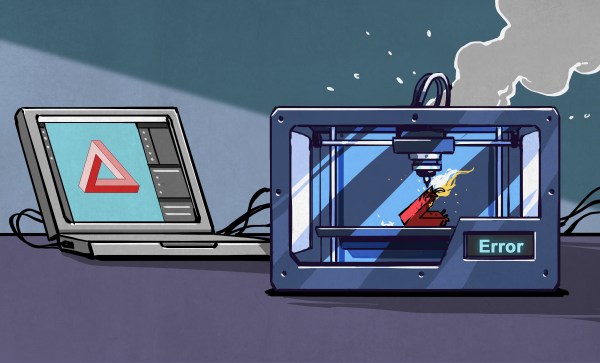So far in the “Field Guide” series, we’ve mainly looked at critical infrastructure systems that, while often blending into the scenery, are easily observable once you know where to look. From the substations, transmission lines, and local distribution systems that make up the electrical grid to cell towers and even weigh stations, most of what we’ve covered so far are mega-scale engineering projects that are critical to modern life, each of which you can get a good look at while you’re tooling down the road in a car.
This time around, though, we’re going to switch things up a bit and discuss a less-obvious but vitally important infrastructure system: the cold chain. While you might never have heard the term, you’ve certainly seen most of the major components at one time or another, and if you’ve ever enjoyed fresh fruit in the dead of winter or microwaved a frozen burrito for dinner, you’ve taken advantage of a globe-spanning system that makes sure environmentally sensitive products can be safely stored and transported.
Continue reading “A Field Guide To The North American Cold Chain”



















